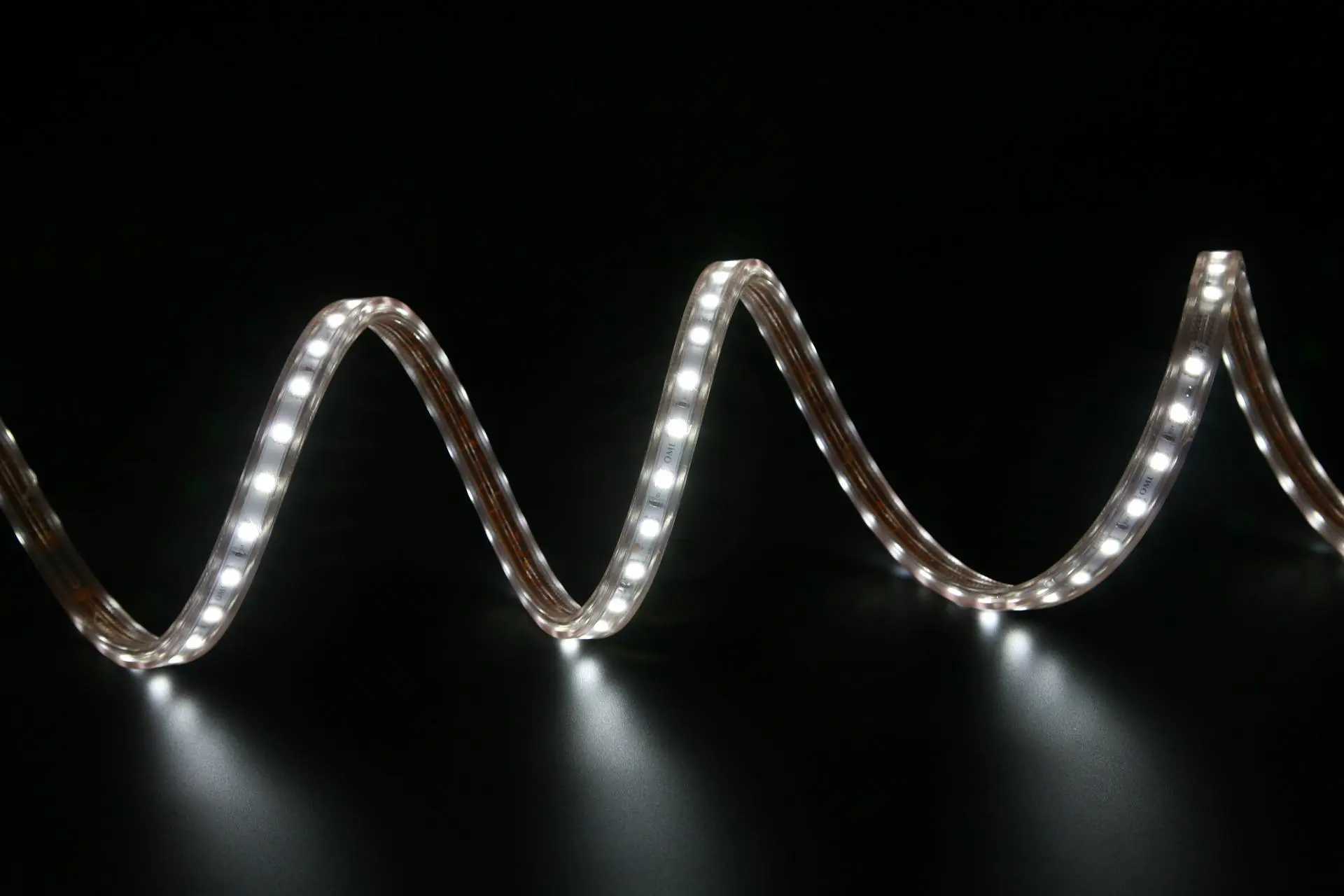
So you have design plans and are contemplating using LED strip lights to achieve the desired effect. But what are the running costs of these lights, and how do they compare to other light bulbs?
It’s important to understand that the wattage of a bulb does not directly correlate to its brightness, although there is often a relationship within a specific technology. For instance, under normal circumstances, a 100W incandescent bulb tends to be brighter than a 60W incandescent bulb, assuming all other factors remain constant.
However, when it comes to changing technologies, you might come across bulbs described as “equivalent to” another wattage. This is particularly noticeable with LED bulbs, where a bulb listed as 20W is marketed as equivalent to a 100W incandescent bulb.
LED bulbs are undeniably more energy-efficient than their predecessors, such as incandescent, halogen, and CFL bulbs. But what about LED strips?
Are LED strips energy-efficient?
The common question is, “Do LED strip lights consume a lot of electricity?” LED strips can accommodate up to 240 individual LEDs per meter. So, are they energy-efficient, or will using LED strips for room lighting lead to excessive electricity usage?
Any light strip you purchase will provide information on the wattage per meter like the Paulmann Clever Connect Stripe LED mentioned here, which uses a total of 6.5W. If you were to install these strips around the perimeter of a 3m x 3m room on all walls, you would calculate as follows:
Perimeter of the room = 3m x 4 = 16m
6.5W x 16m = 78W (19.5W per wall)
For comparison, an incandescent bulb emits around 1600 lumens of light. In this example, the light strip provides 550 lumens per meter, so a 3m strip is roughly equivalent in brightness to a single 100W incandescent bulb while consuming only 19.5W. LED power consumption is significantly lower.
LED strips offer several advantages over traditional lighting options. In addition to being energy-efficient, they have a longer lifespan, lasting up to 50,000 hours or more, compared to the shorter lifespan of incandescent bulbs. This longevity can result in substantial cost savings over time, as you won’t need to replace LED strips as frequently.
Moreover, LED strips are highly versatile in terms of design possibilities. They can be easily cut or extended to fit any desired length, allowing for customization and flexibility in various lighting projects. Whether you’re looking to highlight architectural features, create ambient lighting, or add a touch of colour, LED strips provide a range of options to suit your creative vision.
Conclusion
As with any lighting, the more you add, the higher the running costs will be. However, LED strips are highly energy-efficient, emitting significant light with minimal heat generated.
If you are concerned about electricity bills, considering LED strips is an excellent way to achieve ample lighting with low running costs. When assessing the power consumption of LED lights, check the wattage per meter to calculate the running expenses accurately. Additionally, with their long lifespan and versatility, LED strips offer an attractive lighting solution combining energy efficiency, cost savings, and creative possibilities. So go ahead and explore the world of LED strip lights to enhance the ambience and functionality of your space.
FAQs
The answer to this will depend on how many meters of LED strip you are comparing and to which bulb technology you are referring. A 3m LED strip is comparable in cost to run to a 20W LED bulb and significantly cheaper when compared to an incandescent or halogen bulb. The length of strip you use will determine whether led lights are cheaper to run.
LEDs strips are very efficient and emit very little heat. Although you should never cover a light source, you can leave an LED strip on all night without any safety concerns to avoid heat build-up.
A 1m LED light strip will use around 5- to 6.5W.
No. You’ll pay for what you use, and there are no long-term benefits to leaving LED strips running when they are not needed.
Leave a Reply